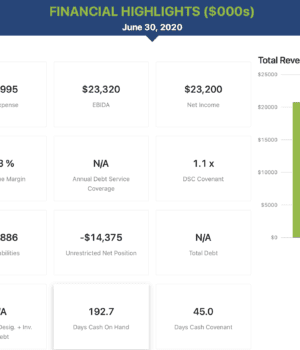High-Yield Charter School Bonds as Social Bonds with Limited Risk
According to a recent article in Chief Investment Officer, social bond issuance has quadrupled so far this year. According to S & P, “while the recent surge may have been precipitated by COVID-19, the appeal of social bonds as a sustainable finance instrument may endure long after its effects have subsided.” Municipal high-yield charter school bonds, according to the Social Bond Principles issued this month by the International Capital Market Association, fit neatly within the definition of “social bonds” since they enhance access to essential services such as education and are essential to socioeconomic advancement and empowerment. But what about the risks associated with social bonds?
The advantage that charter school bonds have over other types of social bonds is a developed reporting regime that measures the impact of the bond financing. As continuing disclosure agent for over $400 million of charter school bonds, School Improvement Partnership routinely reports on academic performance, student retention and four-year graduation rates for its reporting charter school borrowers. In light of COVID, these reporting schools have voluntarily reported on – among other things – the percentage of their students with ipads and home internet service to facilitate distance learning.
There have been issues regarding continuing disclosure standards with respect to social bonds writ large. S & P notes, “[w]hile significant steps have been made to standardize social bond disclosure and reporting, we believe issues persist and improvements have been slow to proliferate.” For social bond investors, charter school bonds provide the high yield their bond portfolios demand, with a built-in system through School Improvement Partnership to measure impact accurately.



